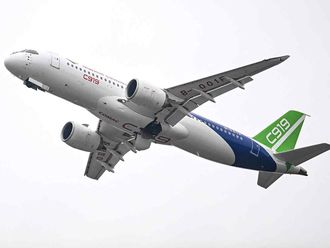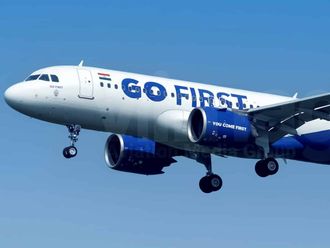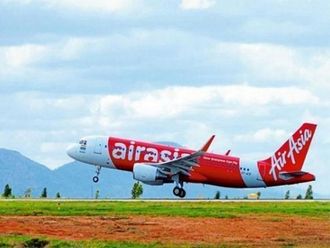Atlanta: United Continental Holdings Inc won approval for a new contract with flight attendants and reached an “agreement in principle” with mechanics, setting the stage for labour peace for the first time since the 2010 merger that created the airline.
The Association of Flight Attendants voted 53 per cent in favour of a five-year pact that raises top pay rates as much as 31 per cent, according to a joint statement with the carrier Friday. United also reached a proposed deal with the International Brotherhood of Teamsters covering 9,000 technicians and related employees, which will be voted on once the language is finished.
The results bolster Chief Executive Officer Oscar Munoz’s strategy of winning over a disgruntled workforce, even if it means accepting higher costs. United reached new agreements or extensions of existing ones with pilots, ground workers and dispatchers during the past year.
“Upon ratification, this will be the first time in almost a decade that all United work groups will have labour contracts in place,” Munoz said in a joint statement with the Teamsters.
“When I took this job last year, I promised to turn the page and write a new chapter in our approach to labour and management relations at United,” he said in the statement with flight attendants.
Flexible scheduling
Maximum pay for flight attendants with at least 13 years of experience will be set at $62 an hour, according to the contract ratified by the 25,000-member union.
United had failed to reach a joint flight-attendant contract since its October 2010 merger with Continental Airlines. The new deal will allow the carrier to put attendants from United and Continental on the same planes for the first time.
A combined group of flight attendants should give United more flexibility in scheduling, especially when a cabin crew runs up against federally mandated allowable work hours and must be replaced. Until now, for example, a Continental crew could only be replaced by another from the same predecessor airline.
Attendants were further split by jet type. For example, Continental employees worked on Boeing Co. 737 jets, while United crews staffed jumbo 747s. Both camps got a piece of the 787 Dreamliner, with former Continental crews working on the first 25 to join the company’s fleet and United the next 25.
Cost increase
Mechanics overwhelmingly rejected an earlier deal that would have given them a 25 per cent raise, an average bonus check of $9,000 (Dh33,030) and other benefits, with 93 per cent of voters opposing the company’s contract offer.
While many analysts see the labour pacts generally as positive, the deals will boost costs significantly. JPMorgan Chase analyst Jamie Baker in June estimated that the new agreements would increase United’s costs by about $900 million annually. Those expenses could hinder Munoz’s plan to find $3.1 billion in extra revenue or savings by 2018, analysts have said.
Leaders of the flight attendants union overcame significant opposition over the past six weeks to get members to support the deal. Some from the Continental camp complained that the contract was more generous to United attendants because Continental workers have had a slightly higher wage scale in recent years. Other attendants wanted a signing bonus. The union countered that the airline would have offset any such provision with lower wages.











